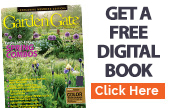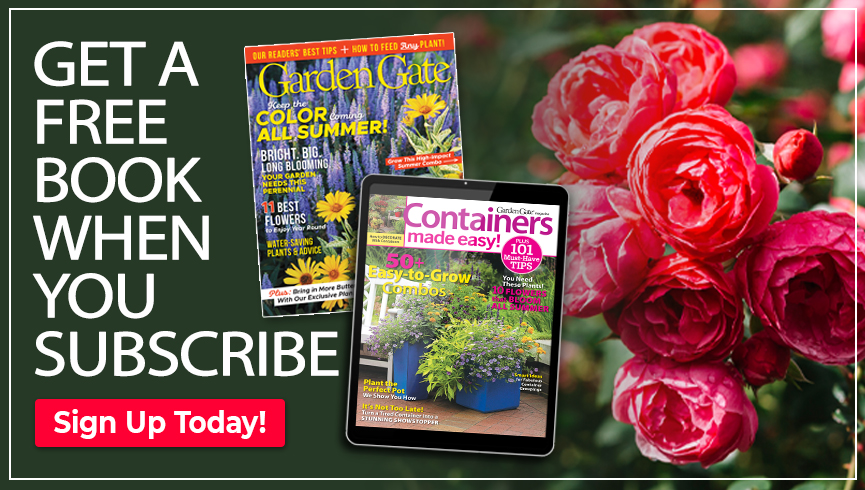Wildlife-friendly plants
By: Garden Gate staff

| 1 of 5
Roof iris (Iris tectorum)
Roof iris is so easy, there’s no need to even feed it! In fact, too much fertilizer will lead to lots of foliage and not many flowers — fewer treats for visiting hummingbirds.
Type Perennial
Blooms Deep lilac-blue in spring
Light Full sun to full shade
Size 12 to 18 in. tall and wide
Hardiness
Cold: USDA zones 4 to 9
Heat: AHS zones 9 to 1

| 2 of 5
Golden ragwort (Packera aurea)
The pollen of golden ragwort’s blossoms will attract busy bees to other flowers planted nearby, too.
Type Native perennial
Blooms Yellow daisylike flowers in mid- to late spring
Light Full sun to part shade
Size 12 to 24 in. tall, 12 to 18 in. wide
Hardiness
Cold: USDA zones 4 to 9
Heat: AHS zones 9 to 1

| 3 of 5
Woodland phlox (Phlox divaricata)
Woodland phlox is a slow spreading ground cover — draw lots of butterflies and hummingbirds by planting several phlox about a foot apart from each other.
Type Native perennial
Blooms Lightly fragrant lavender to blue spring flowers
Light Full sun to part shade
Size 8 to 16 in. tall, 8 to 12 in. wide
Hardiness
Cold: USDA zones 3 to 9
Heat: AHS zones 9 to 1

| 4 of 5
Celandine poppy (Stylophorum diphyllum)
Celandine poppy does double duty by adding a rich yellow pop to your shade garden and drawing in bees and butterflies.
Type Native perennial
Blooms Yellow flowers in spring
Light Part to full shade
Size 12 to 18 in. tall, 9 to 12 in. wide
Hardiness
Cold: USDA zones 4 to 9
Heat: AHS zones 9 to 1

| 5 of 5
Trumpet honeysuckle (Lonicera sempervirens sulphurea ‘John Clayton’)
Group lots of trumpet honeysuckle in one area — its tube-shaped flowers are perfect for long, narrow hummingbird bills.
Type Woody vine
Blooms Yellow flowers from late spring to early summer, reblooms
Light Full sun to part shade
Size 6 to 12 ft. tall, 3 to 4 ft. wide
Hardiness
Cold: USDA zones 4 to 9
Heat: AHS zones 9 to 1
- 1
- 2
- 3
- 4
- 5
















